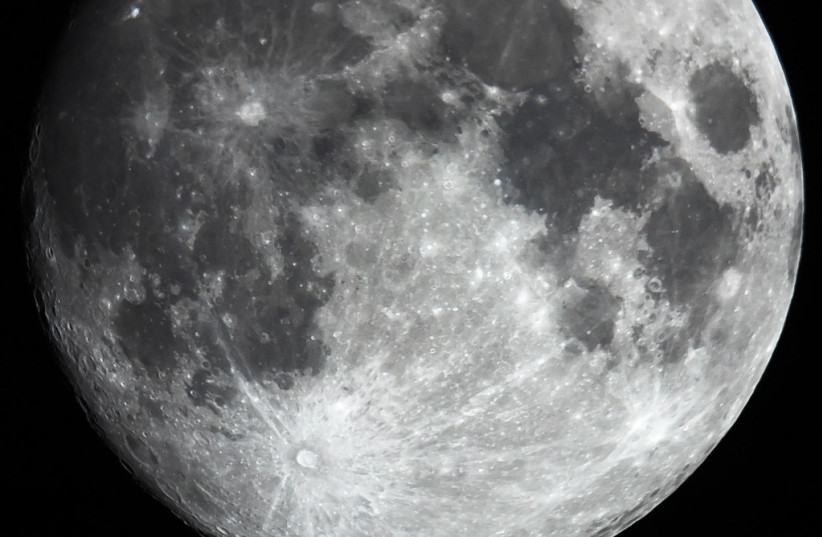For millennia, people have suspected a full Moon in the sky to cause mysterious changes in people. Popular culture and medical lore have long postulated a connection between a full Moon and exacerbations of psychiatric disorders.
The word “lunatic” comes from the Latin luna – which means “moon.” Aristotle and the Roman philosopher Pliny the Elder suggested that the light of the Moon affected mental health. Shakespeare wrote in his 17th-century play Othello: “It is the very error of the Moon. She comes more near the Earth than she was wont. And makes men mad.”
Now, psychiatrists at the Indiana University School of Medicine have found that deaths by suicide increase during a full Moon.
“We wanted to analyze the hypothesis that suicides are increased during the period around full Moons and determine if high-risk patients should be followed more closely during those times,” said psychiatrist Prof. Alexander Niculescu.
He and his team looked at data from Indiana’s Marion County Coroner’s Office on 776 suicides that took place from 2012 to 2016. They found deaths by suicide significantly increased during the week of the full Moon, with people over the age of 55 showing an even greater increase. They also looked at the time of day and months that suicides took place, finding 3 p.m. to 4 p.m. and the month of September to be peak times for suicides.

How did they complete their study?
They have just published their findings in the open-access journal Discover Mental Health under the title “Temporal effects on death by suicide: empirical evidence and possible molecular correlates.”
“From a clinical perspective and a public health perspective, we found some important take-home messages in this study,” Niculescu said. “High-risk patients should possibly be followed more closely the week of the full Moon, during late afternoons and perhaps the month of September.”
Niculescu and his team previously developed blood biomarker tests for other mental health conditions – depression, anxiety and post-traumatic stress disorder – and pain. Using blood samples previously taken by the coroner, researchers were able to see which biomarkers were present.
“We tested a list of top blood biomarkers for suicidality that we identified in previous studies,” Niculescu noted. “The biomarkers for suicidality that are predictive of death by suicide during full Moon, peak hour of day and peak month of the year compared to outside of those periods appear to be genes that regulate the body’s own internal clock, so called ‘circadian clock.’ Using the biomarkers, we also found people with alcohol-use disorder or depression may be at higher risk during these time periods.”
Niculescu said the increased light from the full Moon could be what leads to the increase in suicides during that period. Ambient light plays a major role in the body’s circadian rhythm, which is the natural 24-hour cycle our bodies follow to regulate when we are asleep and awake. Moonlight could be impacting people at a time when it should be darker.
It is known that those suffering from bipolar disorder typically struggle in regard to both seasonal and circadian rhythms. Research has also shown that the age of onset of bipolar disorder varies based on distance from the equator, the team added.
“The effect of ambient light and body clocks in suicide needs to be studied more closely, along with how people sleep and their exposure to light,” Niculescu said. “Changes in light can affect vulnerable people, in conjunction with other risk factors.”
As for the other two peak periods for suicides, Niculescu said the peak of suicides from 3 p.m. to 4 p.m. could be related to stressors throughout the day as well as a decrease in light beginning to occur that day, causing a lower expression of circadian clock genes and cortisol. As for the month, in September, many people are experiencing the end of summer vacations, which could cause stress, as well as seasonal affective disorder effects, as daylight begins to decrease during that time of year.
“Our work shows the full Moon, fall season and late afternoon are temporal windows of increased risk for suicide, particularly in those who suffer from depression or alcohol-use disorders,” Niculescu said. In the future, Niculescu hopes to study if exposure to screens at night contributes to increased suicidality, especially among younger people.
“Some people have a full Moon in their hand every night,” Niculescu said. “It’s an area we absolutely need to study further.”
